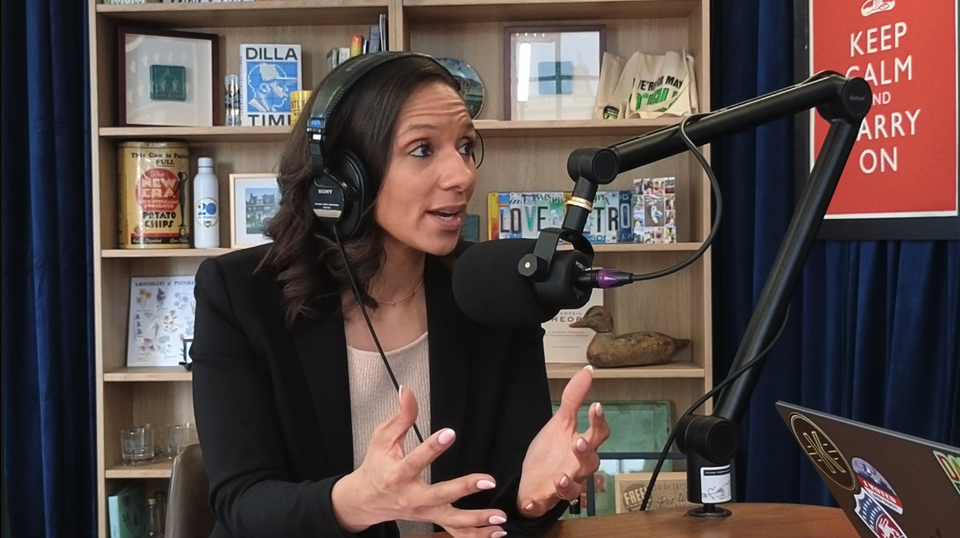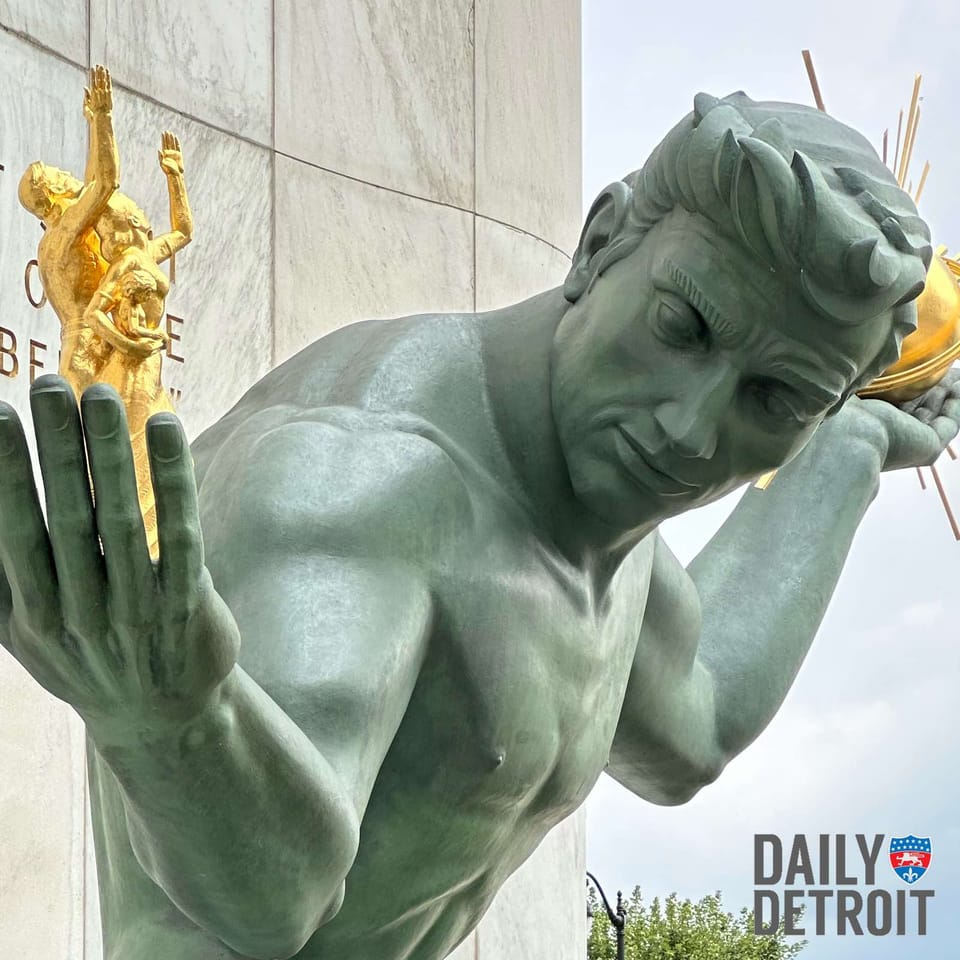First things first. Despite what some may think, the one thing the Joe Louis fist is NOT about is the city vs. suburb divide.
Let’s take a page from the history books, and go back to 1936. Adolf Hitler was quickly gaining power in Europe. The Nazi regime was spewing hatred around the world. Part of that misinformation campaign was to rise up “racially perfect” athletes to show the “superiority” of the Aryan race. Boxer Max Schmeling became, for awhile, his poster boy.
In his first fight with Detroiter Joe Louis, Schmeling won, leading to reams of propaganda about the superiority of the Aryan race. Although Schmeling himself was not a member of the Nazi party, the German government took many steps to ensure his compliance, like not allowing his family to travel with him.
But come 1938, the tables were about to turn. In an epic battle set against the backdrop of Hitler’s march into Austria, a record audience of 70 million tuned their radio dials to listen to the fight where Joe Louis defeated Schmeling, again disproving Nazi theories.
The 8,000-lb., 24-foot long work by Robert Graham (properly named the “Monument to Joe Louis”) was a gift from Sports Illustrated Magazine to the city, dedicated in 1986. It cost $350,000 at the time and it was meant to commemorate that fight, which was an immense moral victory for our country in one of our darkest times. That fight also minted pugilist Joe Louis into who some believe to be the first African-American national hero. Louis had died a few years earlier in 1981.
“What my father did was enable white America to think of him as an American, not as a black,” Joe Louis Jr., his son, told ESPN. “By winning, he became white America’s first black hero.”
The president at the time, Franklin Delano Roosevelt, purportedly said, “Joe, we need muscles like yours to beat the Nazis.” This statue shows that raw power.
We may never know the artist’s exact intentions. He worked in almost complete secrecy while creating his work in California. One thing to note is that corporate commissioned art (which this was) was very big in the 1980s and the piece has a modernist sensibility, which were probably influences in the design.
Also, one of the reasons the fist faces toward Canada is to show America fought for democracy outside of its borders during World War II.
In a different city or with a different mayor other than the lighting rod Coleman A. Young at the time, it’s very possible the Joe Louis fist wouldn’t have become (to some) the statuary embodiment of the racial politics challenging our region and city, as well as our nation.
Maybe it’s because some of us are of a different generation or another mindset that we think differently. After all, focusing on what divides us hasn’t produced the best results. The definition of insanity is trying the same thing over and over again and expecting a different outcome.
“There are some events and some broadcasts, some sporting activities, that reach out to millions of people and touch them in a very deep way and express a lot of their deepest cultural, racial, political hopes and aspirations,” historian Lewis Erenberg said to NPR. “And this is one of those events, and we have it preserved here and I think that’s a wonderful thing.”
This is a story bigger than ourselves, our petty differences or our region. The true history behind the Joe Louis fist will always represent freedom, America and the tireless fight for equality around the world.














